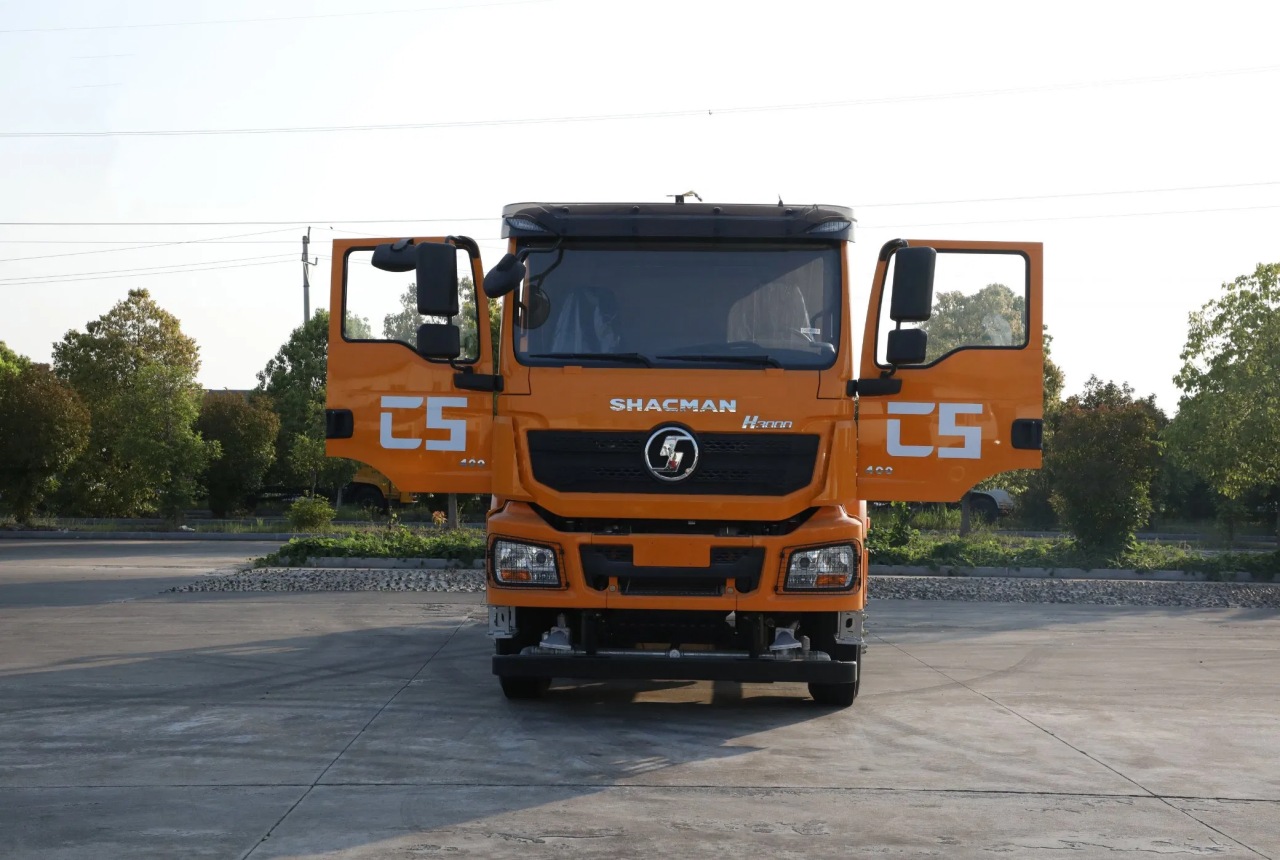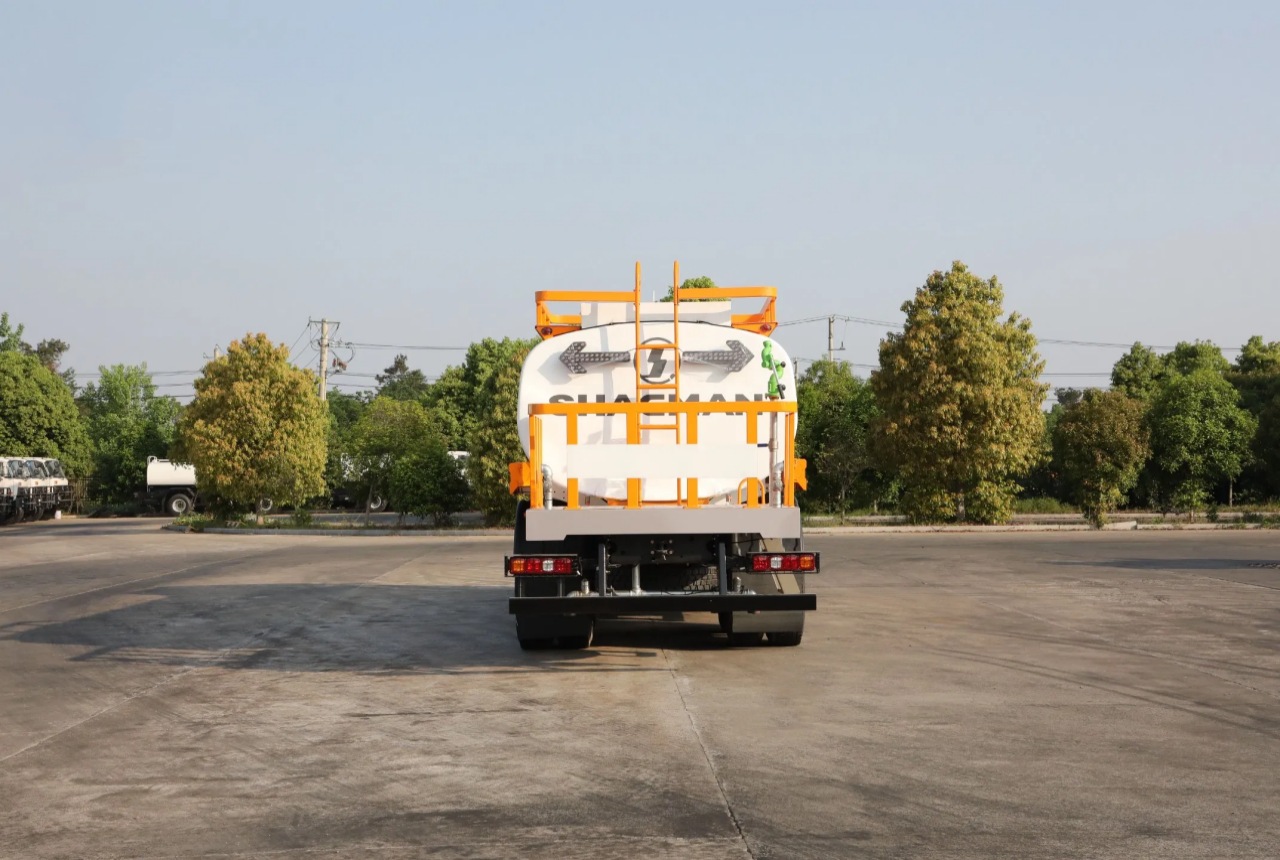Tanker lorries, often integral to industries ranging from liquids transportation to hazardous materials transportation, are essential vehicles whose dimensions and specifications play a crucial role in their functionality and regulatory compliance. Understanding the length of a tanker lorry involves delving into various aspects, including types of tankers, regulatory standards, and practical considerations in different regions.
Types of Tanker Lorries
Tanker lorries come in various configurations designed to transport different types of cargo:
- Liquid Tankers: These are used for transporting liquids such as water, milk, petroleum, and chemicals. Their lengths can vary depending on the capacity and type of liquid being transported.
- Dry Bulk Tankers: These lorries carry bulk commodities like cement, grains, and powders. They often feature specialized compartments and can vary in length based on the cargo’s density and volume.
- Gas Tankers: Designed for transporting gases like liquefied petroleum gas (LPG) or compressed natural gas (CNG), these lorries have specific safety considerations and may vary in length to accommodate different tank sizes.
- Corrosive Tankers: These lorries are built to handle corrosive materials, requiring robust construction and sometimes additional safety features. Their lengths can be influenced by the materials they transport and safety regulations.

Regulatory Standards
The length of a tanker lorry is governed by regulatory standards that vary by country and region. These standards are in place to ensure road safety, infrastructure compatibility, and environmental protection. Key factors influencing tanker lorry length regulations include:
- Maximum Vehicle Length: Many jurisdictions impose maximum limits on the overall length of vehicles, including tankers and truck cabs. These limits are often established to ensure maneuverability and safety on roads.
- Axle Weight Limits: Apart from length, regulations also dictate axle weight limits to prevent damage to road surfaces and bridges. Tanker lorries must distribute weight evenly across their axles to comply with these limits.
- Special Permits: Some regions allow longer tanker lorries under special permits, especially for transporting bulk goods or when complying with specific industry needs. These permits often come with conditions regarding routes, times of travel, and safety measures.
Practical Considerations
In addition to regulatory standards, practical considerations influence the length of tanker lorries:
- Turning Radius: Longer tanker lorries require more space to maneuver, especially in urban areas or tight corners. Designers consider turning radius and maneuverability when determining lorry length.
- Loading and Unloading Facilities: The length of tanker lorries must align with loading and unloading facilities at warehouses, terminals, and industrial sites. Access points, ramps, and clearance heights affect the design and length of tankers.
- Safety Features: Longer tanker lorries may require additional safety features such as advanced braking systems, reflective markings, and emergency response equipment. These features enhance visibility and mitigate risks during transportation.

Variability in Length
Tanker lorries’ lengths can vary significantly based on the type of cargo, regulatory requirements, and operational needs. For instance:
- Standard Sizes: Common lengths for tanker lorries transporting liquids or dry bulk goods often range from 40 to 53 feet in many regions.
- Specialized Variants: Specialized tanker lorries, such as those carrying gases or corrosive materials, may vary in length based on the type of cargo containment and safety regulations.
- Articulated Lorries: In some regions, articulated lorries comprising a tractor unit and semi-trailer allow for longer combinations under specific conditions, facilitating the efficient transport of bulk goods.
Conclusion
The length of a tanker lorry is a multifaceted consideration shaped by regulatory standards, cargo type, and operational requirements. Understanding these factors is essential for designing, manufacturing, and operating tanker lorries safely and efficiently. As industries evolve and transportation needs expand, the dimensions and capabilities of tanker lorries will continue to adapt, ensuring they remain integral to global logistics and supply chains.


